Dog breeder David Ishee thinks gene editing can spare purebreds from debilitating disorders. But getting the tech to work is just the start.
On a stage in Oakland, California, David Ishee is talking about glow-in-the-dark puppies.
The dog breeder has come all the way from Mississippi for this conversation. Dressed in a maroon t-shirt that reads “Stand back, I’m going to try science,” his long hair tied back in its customary ponytail, Ishee explains to a rapt audience that it’s time for an update to traditional breeding practices. “We started doing this before agriculture, and we haven’t really changed much,” he says.
What he means is: 40,000 years of breeding and inbreeding have created an obsession with a purebred ideal — and riddled dogs with health problems that shorten their lifespans and diminish their hearing, digestion, or other basic abilities. Now that many of these disorders could at least theoretically be repaired using gene-editing techniques like CRISPR, Ishee wants to help breeders do exactly that, creating healthier dogs that can still be considered purebred.
That’s where the bioluminescent puppies come in. If he can edit dog genes to make the animals glow, he reasons, perhaps he can convince breeders that the technique could be used for more practical purposes. First on his list would be to eliminate a bladder disorder in Dalmatians called hyperuricemia. That’s a painful buildup of uric acid crystals that is caused by a mutation in a gene associated with the dogs’ black spots and often requires surgery. It could be an excellent candidate for a CRISPR fix.
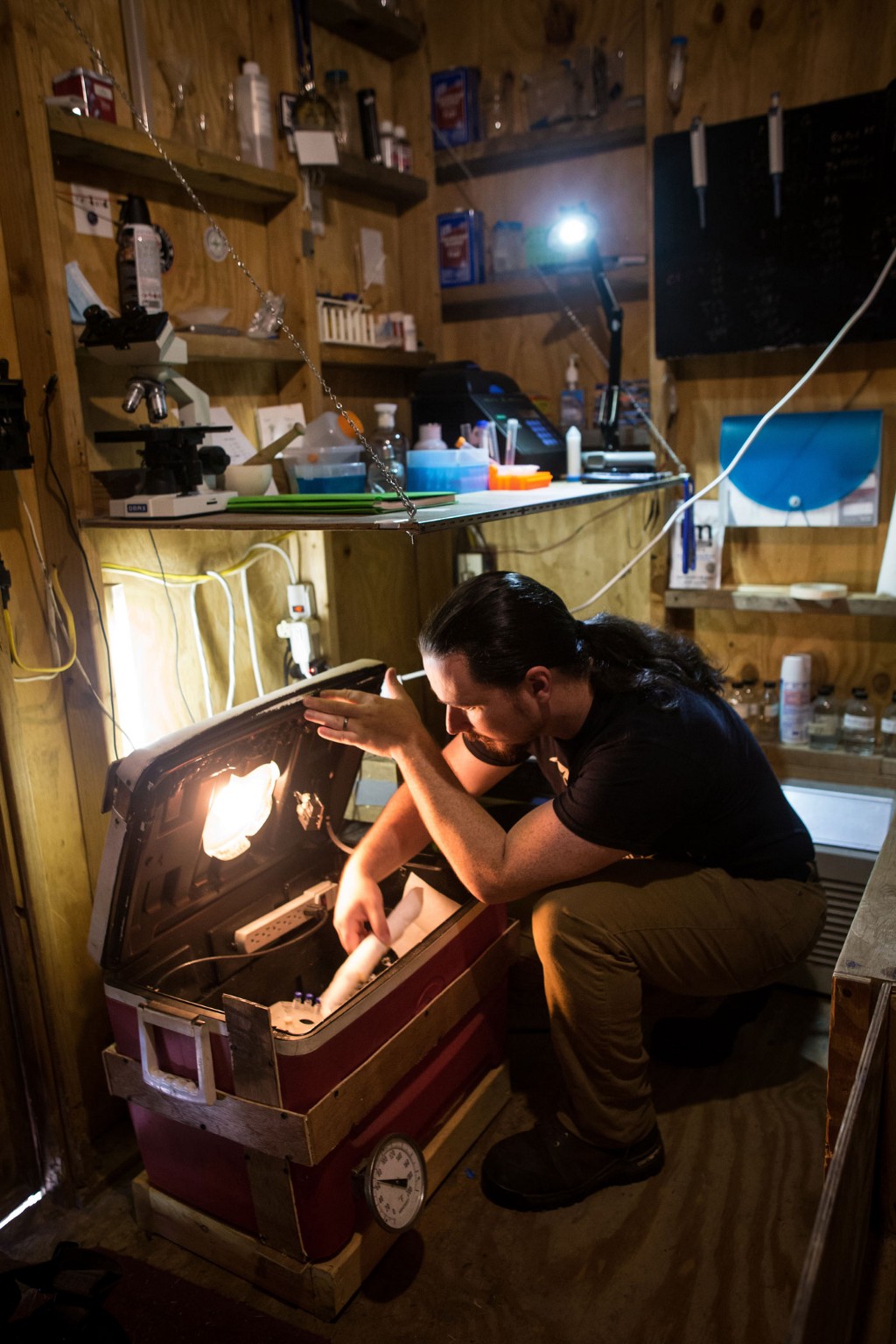
Ishee’s talk in Oakland was part of an event last weekend called Biohack the Planet, a conference celebrating efforts to augment biology outside conventional academic environments. And Ishee is, in many ways, the quintessential biohacker. He lives outside the coastal biotech hubs, was homeschooled from fifth grade, and does his research in a shed in his backyard. He has already gotten in trouble with the Food and Drug Administration, which has declared every intentional genomic edit — and therefore every individual edited animal — to be an “experimental drug” that requires extensive testing. The agency informed Ishee in 2016 that he could neither give away nor sell any edited dogs without its approval.
There’s no question that Ishee’s ideas are inspired, but he’s still a long way from successfully editing dogs, even after several attempts at glowing puppies. And even if he can pull that off, his most significant obstacle may still be ahead: convincing breeders obsessed with creating the best show dogs that gene editing could help them. All this makes Ishee’s story — his struggle to do innovative research while navigating bioethical tensions and regulators trying to monitor a fast-developing technology — a telling case study in the gap between what biohackers can imagine and what they can achieve.
Inspiration from jellyfish
“I love dogs,” Ishee tells me before his presentation in Oakland. “It’s really just as simple as that. I want to fix them.” He grew up around dogs; his great-grandfather and grandfather were breeders, and his brother is too. He balances his own work breeding mastiffs with a job in Mississippi’s oil industry.
What frustrates him about traditional dog breeding is its reliance on trial and error. He describes it as a “very, very blunt tool, like trying to carve stone with an anvil on a stick.” It’s also slow. Dogs’ heat cycles are months apart, and it takes years for successive generations of puppies to mature.
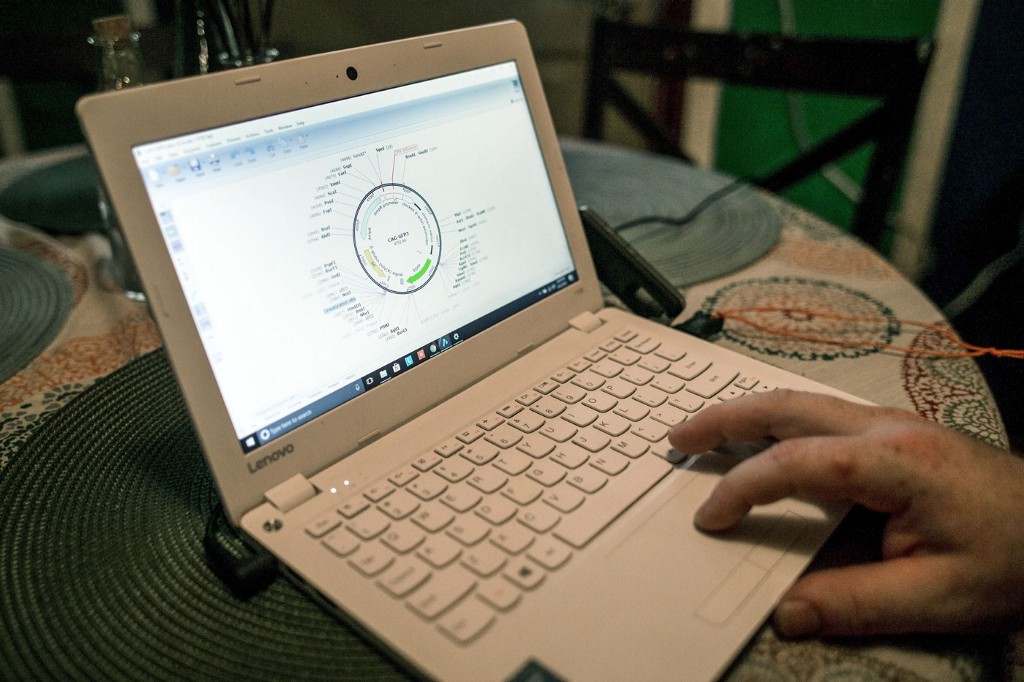
He had always assumed faster, higher-tech forms of genetic manipulation were beyond his abilities until he saw a TED talk on gene synthesis that described how steeply costs had dropped within the last few years. Through Google Scholar, YouTube, and extensive reading, he essentially taught himself graduate-level biology and began tinkering with gene editing. He buys his raw chemicals on Amazon and eBay; gets enzymes and genetic material from other sites and from fellow biohackers; and acquires equipment through the Odin, a DIY biotech outfit whose founder, Josiah Zayner, organized Biohack the Planet.
Ishee isn’t quite ready to use CRISPR on dog embryos yet. For now he’s experimenting with “sperm-mediated gene transfer.” In that process, specially prepared dog sperm is mixed with foreign DNA and is altered by it. Then he uses that sperm to inseminate female dogs. So far, he’s been using his own mastiffs.
His first four attempts all failed; three of them resulted in miscarriages. But Ishee sees those as positive signals, theorizing that the genes he added for luminescence integrated and affected fetal development. Now he has two more attempts under way to try to figure out exactly why it hasn’t worked. In these current experiments, he mixed in a different and simpler gene, one that codes for fluorescence in jellyfish and that he hopes will not disrupt the dogs’ development. If this technique produces glowing puppies, he sees no reason why subsequent CRISPR projects couldn’t work.
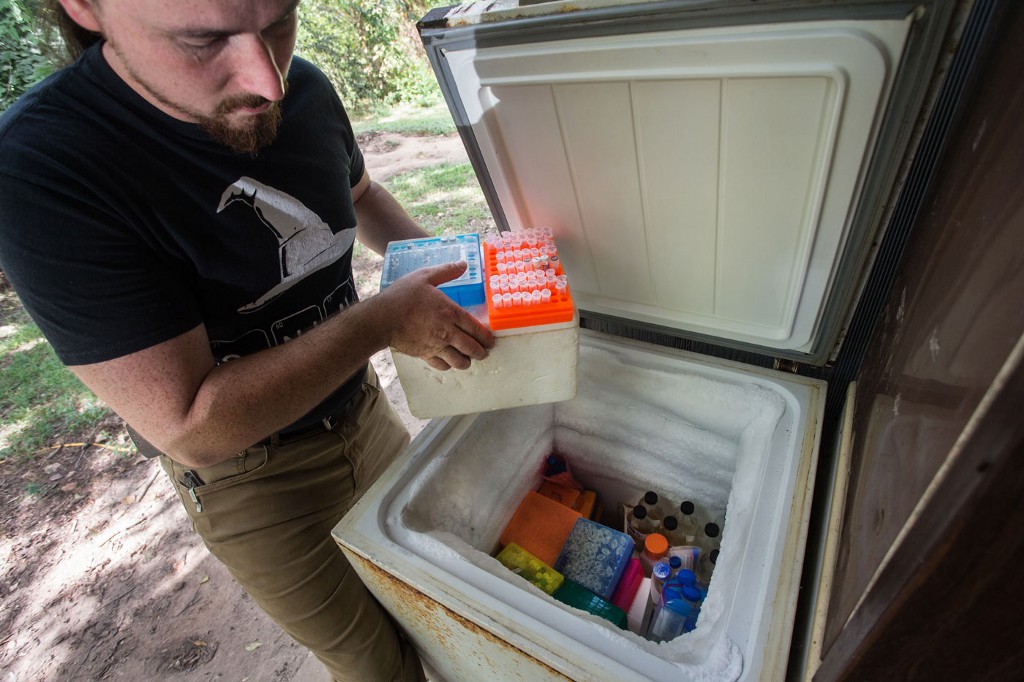
Death Eaters
Ishee is not the first to try to erase Dalmatian hyperuricemia. In the 1970s, geneticist and breeder Robert Schaible undertook the same project using more traditional techniques. He bred a “pure” Dalmatian with an English Pointer, its closest related breed. Then he “backcrossed” the resulting dogs with purebred Dalmatians, selecting for those with normal bladder function.
After four generations, the percentage of English Pointer genes in Schaible’s dogs was as low as the normal levels of variation found in purebred Dalmatians. But when Schaible tried to register his Dalmatians — which he dubbed LUA or low uric acid Dalmatians — with the American Kennel Club, the move sparked a firestorm of criticism and scandal. It took several very close votes for Schaible’s LUAs to finally be registered as purebred.
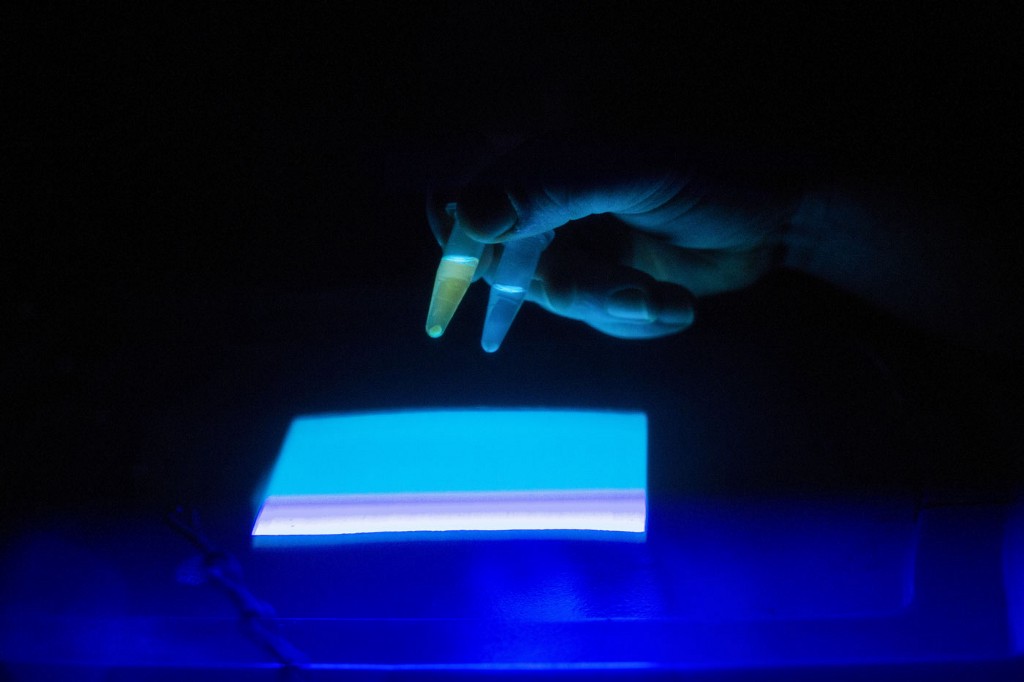
Even so, after more than 40 years Schaible estimates that only 10 percent of the world’s Dalmatians are LUA. “You’d think it would spread very quickly, but there aren’t a lot of people who breed Dalmatians to sell as pets,” he says. The problem is that breeders are often more interested in producing dogs that will score highest in shows, where points are given for “conforming to the standard of their particular breed” — than in producing the healthiest dogs. Just as a Dalmatians’ coveted black spots come from genes that often lead to bladder issues outside the ring, other sought-after traits — such as the flat faces in French bulldogs or white coats in Dogo Argentinos — are associated with genes that cause breathing problems and deafness.
Still, when I ask him about Ishee’s work, Schaible says: “That’s a very expensive way to get low uric acid dogs. I don’t know why anyone wants to do that now, when the low uric acid ones are available. He must be doing it for some other reason.”
Schaible is right, at least partially. Ishee is open about the fact that he hopes to use Dalmatians as an entry point that sparks breeders’ imaginations, so they see how CRISPR might solve genetic ills in any number of dog breeds. But he also contends that Schaible’s method won’t ever overcome purebred culture. Many Dalmatian breeders still consider LUAs to be mutts and won’t use them. Ishee says: “One woman even argued with me that if they don’t have this disease they’re not a real Dalmatian.”
Since CRISPR would allow tiny adjustments to dog genomes without messing up the “purity” of the rest of a dog’s DNA, what Ishee envisions is basically a rebranding, portraying gene editing as microsurgery. Since breeders already subject their dogs to all kinds of medical procedures, “the Death Eaters of the dog breeding world would be fine with it,” he says.
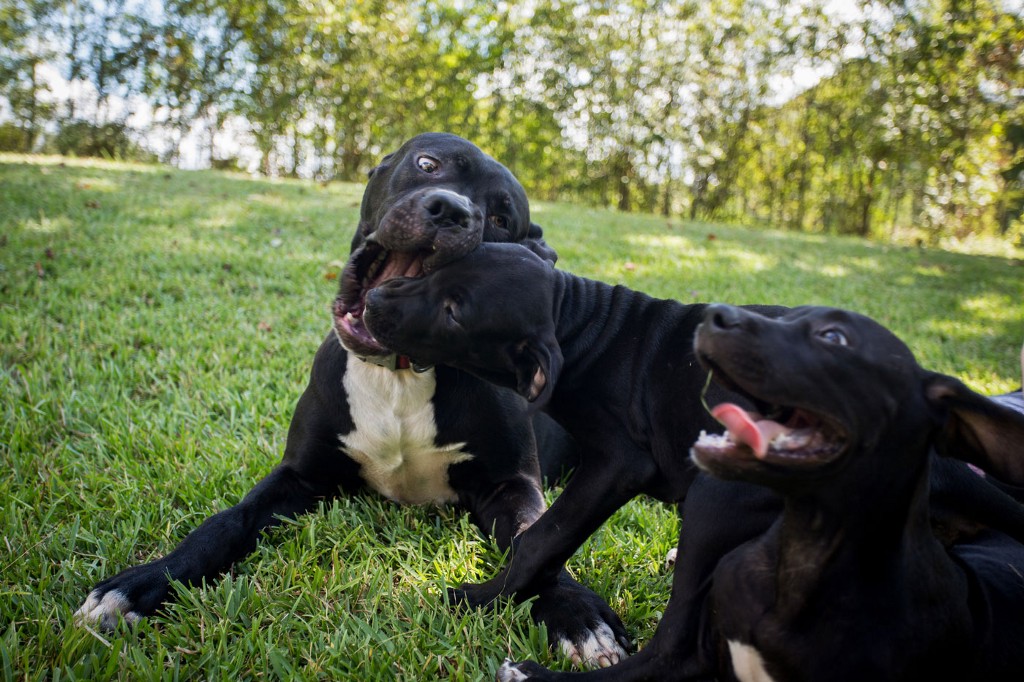
“Nothing lasts like life”
At Biohack the Planet, under strings of lights and fake crystal chandeliers, an audience member steps up to the microphone to ask Ishee a question. She saw his talk from the previous year’s conference and wonders whether he has resolved an ethical issue he was wrestling with: whether the dogs he works with might suffer and how much.
The answer he gives her is the same — almost to the word — as the one he gave me a few days prior. He points out that mutations happen in traditional breeding, not just in gene editing. One dog breeder he knows had a puppy born with one eye and no mouth. He argues that the risk of mutations in gene editing is worth the potential positive outcome of curing many more dogs.
The conversation moves on to another topic, but the question is indicative of the response Ishee can expect from both the scientific world and mainstream society. Güneş Taylor, a postdoc specializing in CRISPR at the Francis Crick Institute in London, admires Ishee for tackling an issue that hasn’t been adequately addressed but says she is troubled nonetheless. “What I mind is — there’s no accountability for what happens,” she says.
If someone in her lab wanted to do what Ishee is trying, it would involve long, complicated applications, including an assessment of how much suffering a researcher could expect the animals to go through and a justification of how many animals are required for a statistically significant study. “If a research mouse sneezes the wrong way in this country, there’s loads of trouble,” Taylor says. She sympathizes with biohackers’ disdain for academia’s slow-moving bureaucracy but feels the system protects well-meaning scientists from causing damage in ways that are impossible to predict. That would be especially worrisome, she says, if he begins using CRISPR, which can generate unintended edits. “Don’t get me wrong, curing this disease would be great,” she says. “But to take it to a very high-risk place, employing technologies in an unregulated, unpredictable, and inefficient fashion, on the off chance you might change some breeders’ minds?”
At Biohack the Planet, though, it’s clear Ishee’s work — his goals, approach, and general philosophy — are embraced by the people in the audience. As his session winds down, Ishee is asked: how would you like to be remembered?
He responds that he hopes he’ll be thought of as someone who did something meaningful. “I’d rather do something that helps something—that lasts. And nothing lasts like life,” he says. Someone in the crowd hoots in appreciation. But as Ishee waits to see whether his most recent attempt at glow-in-the-dark puppies — at tweaking life — is successful, an uphill battle still awaits.







